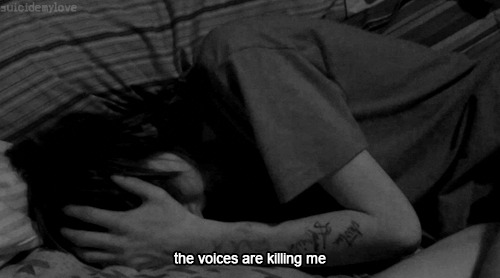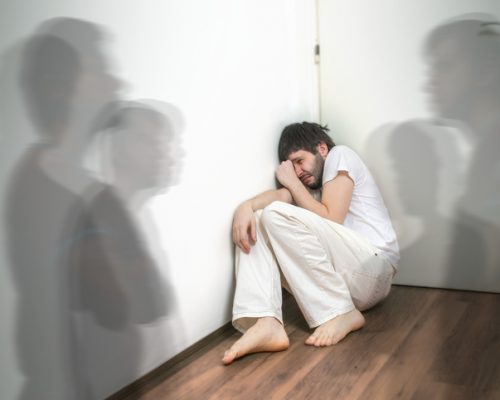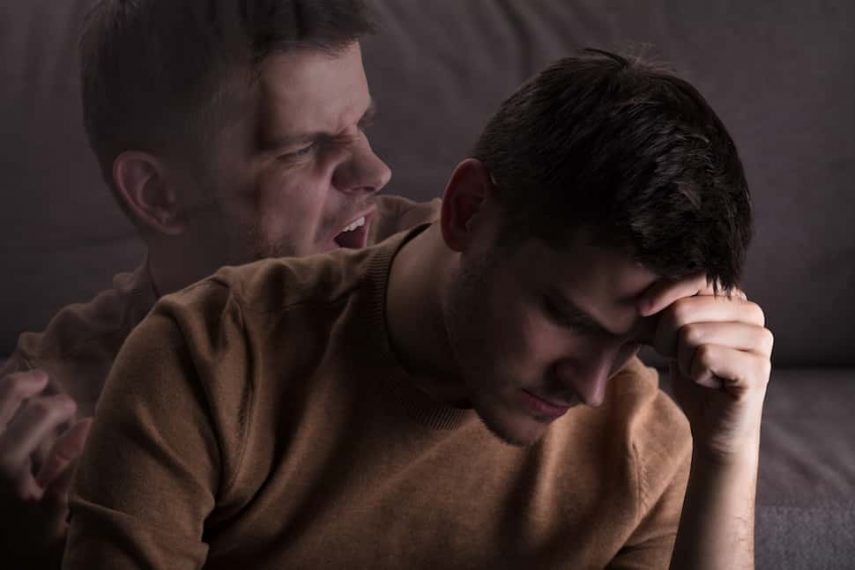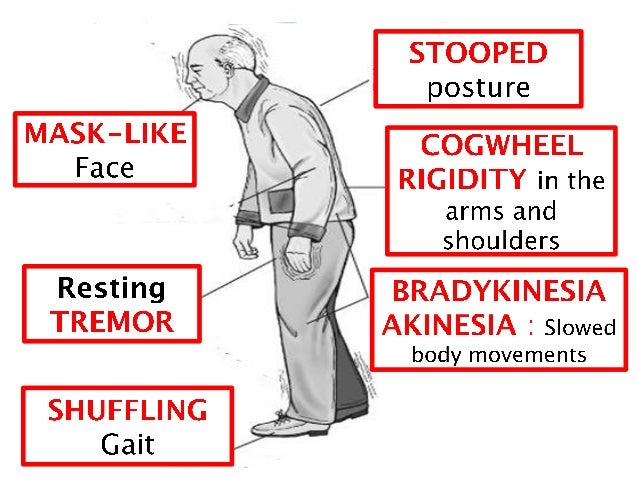WHAT IS SO CALLED SCHIZOPHRENIA?
 |
| https://loonylabs.files.wordpress.com/2014/09/schizophrenia.jpg |
Schizophrenia is a chronic and
severe mental brain disorder that effect on how the person thinks, feels and
action or behave. They maybe look or seem to lose with their own world or
thought. When the Schizophrenia trigger the symptom starts to be shown by
having delusions, hallucinations, trouble with thinking and concentration, and
lack of motivation. However, with treatment, most symptoms of schizophrenia
will greatly improve.
To
general belief, schizophrenia is not a split or multiple personality.
Schizophrenia includes a psychosis, a type of mental illness in which a person
can’t tell what’s real from what’s imagined. National Institute of Mental Health have quoted based on psychosis "A person’s thoughts and perceptions are disturbed and the individual may have
difficulty understanding what is real and what is not based on what they
see".
This video have shown how the person really felt during the pre,onset and also the disease they have lived through out daily basis.
 |
| https://wifflegif.com/gifs/618567-schizophrenia-depression-gif |

























